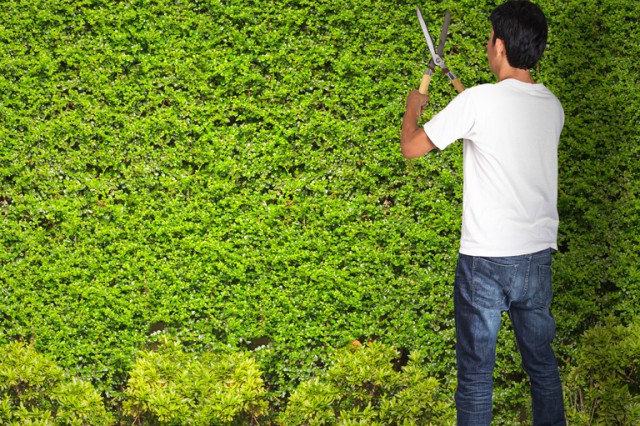April 22, 2015 by Cherry Lane

There are many plants that are suitable for hedging but chose with care. Take into account the size of the garden and the eventual height you want to achieve.
- Box is great for parterres
- Lavender and Rosemary may frame a footpath
- Beech is a great hedging plant whether you go for the green or copper coloured leaves. It should be trimmed in August and can be cut back harder during the winter.
- Hornbeam is a good native hedging species which is a fairly speedy grower. Like Beech it often retains its old dead leaves over winter. It should be trimmed in late summer. Of course hedges can give you more than just leaves.
- Escallonia macrantha is an evergreen with red flowers in summer. It needs a trim after flowering and requires a sunny site.
- Berberis stenophylla makes a good informal evergreen hedge with yellow flowers in spring. Not one for the tidy minded.
- Yew is a classic traditional choice. It is evergreen and responds well to being cut back into shape.
- Leyland Cypress which is the triffid of the hedging world, blocking out the light and the view and destroying many a neighbourly relationship. It is true that these tall, fast growing conifers can prove a menace if they are not properly looked after. However, if they are regularly and enthusiastically clipped 2 or 3 times a year they can form a very attractive hedge.
The success of your hedge will depend largely on how well it is planted. Do give it a good start by ensuring that the planting trench is sufficient in size and a good deal of organic matter is incorporated into the soil. Don’t forget to water the plants in thoroughly and be prepared to water as the hedge gets established. Sometimes a single row of plants is sufficient but for a thicker hedge a double staggered row is required.




